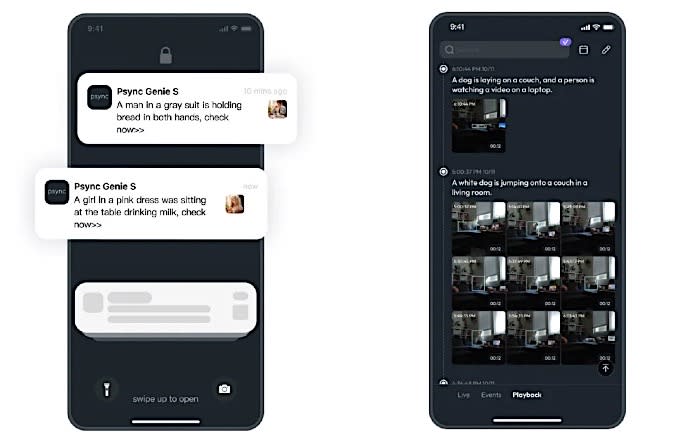YouTube’s no longer just experimenting with ad-dodging viewers. The platform has gone all out in its fight against add-ons, extensions and programs that prevent it from serving ads to viewers worldwide, it confirmed to Engadget.
“The use of ad blockers violates YouTube’s Terms of Service,” a spokesperson said. YouTube started cracking down on the use of ad blockers earlier this year. By June, it took on a more aggressive approach and warned viewers they wouldn’t be able to play more than three videos unless they disable their ad blockers.
It may be an overly aggressive push: Some people apparently can’t play videos on Microsoft Edge and Firefox browsers even if they don’t have ad blockers, according to Android Police, but we could not replicate that behavior.
— Mat Smith
You can get these reports delivered daily direct to your inbox. Subscribe right here!
The biggest stories you might have missed
Scarlett Johannson takes legal action against AI app that cloned her likeness
Formula E preseason testing: Five key takeaways from Valencia
Sony ANC headphones are up to 53 percent off in Amazon’s early Black Friday sale
The best gifts under $50 that make great stocking stuffers
The AI Seinfeld show is bugging out harder than Frank Costanza on Festivus
Beyond just ‘dog spotted.’
Psync Labs’ focus is to improve machine vision and pair this with generative AI to help it, and you, understand what it can see. Its debut security camera, the Genie S, will process what it sees and send you a written description of what (it thinks) is going on. The camera, which doesn’t have the best picture and sound quality, has 32GB built-in storage for $35, and some exciting stuff happening inside.
ViewSay is Psync’s transcription tool that uses GPT, a form of generative AI, to get the camera to describe in text what it’s seeing. ViewSay, which currently costs 99 cents a month (but will jump to $7 per month in the future) can apparently identify objects, sort events that triggered the recording and even let you search through the clips with text, all through your smartphone. It’s early days, but the system shows glimpses of insightful visual analysis .
It’s no longer listed on the streaming service’s website.
Apple appears to have killed off its lowest-cost Apple Music subscription. The Apple Music Voice Plan allowed folks to access the streaming service for $5 per month, as long as they were willing to use it only through voice commands to Siri. However, as of Wednesday, the plan is no longer listed on the Apple Music webpage. As it stands, the cheapest standalone Apple Music option is now the student plan, which costs $6 per month and includes Apple TV+ at no extra cost — if you’re a student.
The platform is ramping up its AI-powered features as it hits 1 billion users.
LinkedIn is adding a new AI-powered job coach for its premium subscribers. The feature will tap into LinkedIn data to help job seekers find, research and apply for roles, and it arrives as the company announced its user base has grown to one billion members. For now, the most prominent feature for job seekers will be AI-generated insights alongside each job posting. The tool can summarize lengthy job descriptions and weigh in on whether the role is a good fit for a user, based on their LinkedIn profile. For example, it can highlight specific work experiences users’ may want to emphasize in their application.
It will pay $8.61 billion for the deal.
Disney is buying the rest of Hulu from Comcast. It will acquire the 33 percent of Hulu Comcast still controls and expects to pay NBCUniversal around $8.61 billion for the deal, though the final amount will be determined sometime next year. Disney CEO Bob Iger said when he announced the combined streaming app that it’s “a logical progression” of the company’s direct-to-consumer offerings. And hey: Comcast still has Peacock.


